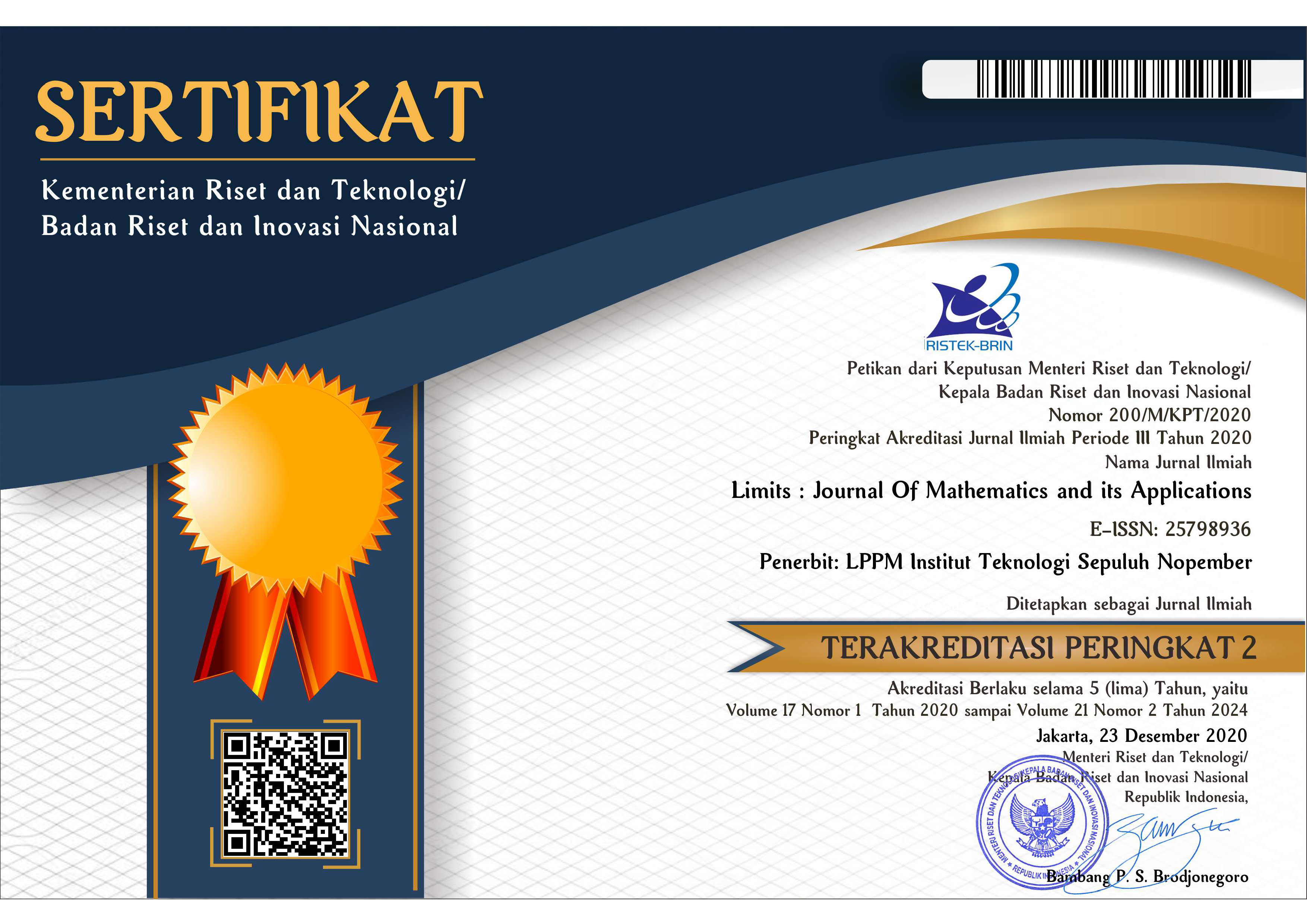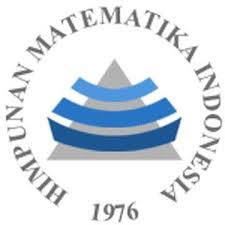Proyeksi Tingkat Kematian di Indonesia Menggunakan Metode Holt-Winters Smoothing Exponential dan Moving Average
Abstract
Inaccurate predictions would cause the insurance companies to incur huge losses and may lead to expensive premiums for which low-income consumers are unable to insure themselves. The ability to predict mortality rates accurately allows the insurance companies to take preventive steps to introduce new policies with reasonable prices. It is hoped that by carrying out mortality projections, losses caused by longevity risk in the life insurance industry would be minimized. This study used secondary data obtained from the World Health Organization (WHO) website in the Mortality and Global Health Estimates category with the sub-topic Life Table by Country Indonesia. In this paper, several models are used to predict the mortality rate in a case study population in Indonesia, namely the Moving Average and Exponential Smoothing forecasting methods. The results obtained are the best method for predicting mortality rates is by using the Exponential Smoothing method with the MAPE value of Exponential Smoothing is smaller than the MAPE value on the Moving Average. The results of this mortality projection will later be used to obtain the distribution of life expectations and the premium price of life annuities.
Keywords
Full Text:
PDFReferences
N. Brouhns, M. Denuit, and J. K. Vermunt, “Measuring the longevity risk in mortality projections,” Bulletin of the Swiss Association of Actuaries, vol. 2, no. 1, pp. 105–130, 2002.
B. Benjamin and A. S. Soliman, “Mortality on the move. Institute of actuaries.” Oxford, 1993.
A. S. Macdonald, The second actuarial study of mortality in Europe. Institute of Actuaries, 1997.
A. S. McDonald, A. J. C. Cairns, P. L. Gwilt, and K. A. Miller, “An international comparison of recent trends in mortality,” British Actuarial Journal, vol. 4, pp. 3–141, 1998.
A. Olivieri, “Uncertainty in mortality projections: an actuarial perspective,” Insur Math Econ, vol. 29, no. 2, pp. 231–245, 2001.
F. Janssen, “Advances in mortality forecasting: introduction,” Genus, vol. 74, no. 1. SpringerOpen, pp. 1–12, 2018.
Y. Gao, H. L. Shang, and Y. Yang, “High-dimensional functional time series forecasting: An application to age-specific mortality rates,” J Multivar Anal, vol. 170, pp. 232–243, 2019.
R. Giacometti, M. Bertocchi, S. T. Rachev, and F. J. Fabozzi, “A comparison of the Lee–Carter model and AR–ARCH model for forecasting mortality rates,” Insur Math Econ, vol. 50, no. 1, pp. 85–93, 2012.
I. Nursaadah, E. Puspita, and R. Marwati, “Metode Peramalan Mortalita Menggunakan Metode Lee-Carter,” Jurnal EurekaMatika, vol. 3, no. 1, pp. 17–30, 2015.
R. Unaeni, N. Satyahadewi, and H. Perdana, “PERAMALAN TINGKAT KEMATIAN (MORTALITA),” Bimaster: Buletin Ilmiah Matematika, Statistika dan Terapannya, vol. 6, no. 01.
K. D. Jayanti et al., “Proyeksi Angka Kematian Bayi di Rumah Sakit X Kabupaten Kediri dengan Single Exponential Smoothing,” Jurnal Berkala Kesehatan, vol. 6, no. 2, pp. 50–54, 2020.
A. Aryati, I. Purnamasari, and Y. N. Nasution, “Peramalan dengan Menggunakan Metode Holt-Winters Exponential Smoothing,” EKSPONENSIAL, vol. 11, no. 1, pp. 99–106, 2021.
C. V. Hudiyanti, F. A. Bachtiar, and B. D. Setiawan, “Perbandingan Double Moving Average dan Double Exponential Smoothing untuk Peramalan Jumlah Kedatangan Wisatawan Mancanegara di Bandara Ngurah Rai,” Jurnal Pengembangan Teknologi Informasi Dan Ilmu Komputer E-ISSN, vol. 2548, p. 964X, 2019.
R. Rachman, “Penerapan metode moving average dan exponential smoothing pada peramalan produksi industri garment,” Jurnal Informatika, vol. 5, no. 2, pp. 211–220, 2018.
D. C. M. Dickson, M. R. Hardy, and H. R. Waters, “Actuarial Mathematics for Life Contingent Risks.,” Annals of Actuarial Science, vol. 4, no. 2, p. 339, 2009.
P. Subagyo, “Forecasting, Konsep dan Aplikasi, Yogyakarta,” Edisi Keempat, BPFE UGM, 2002.
E. Herjanto, “Manajemen Produksi dan Operasi Cetakan Ketiga,” PT. Grasindo, Jakarta, 2013.
S. Makridakis, S. C. Wheelwright, and R. J. Hyndman, Forecasting methods and applications. John wiley & sons, 2008.
J. H. Barus and R. Ramli, “Analisis peramalan ekspor Indonesia pasca krisis keuangan eropa dan Global tahun 2008 dengan metode dekomposisi,” Jurnal Ekonomi dan Keuangan, vol. 1, no. 3, p. 14880, 2013.
D. C. Montgomery, C. L. Jennings, and M. Kulahci, Introduction to time series analysis and forecasting. John Wiley & Sons, 2015.
DOI: http://dx.doi.org/10.12962%2Flimits.v20i1.8132
Refbacks
- There are currently no refbacks.
Jumlah Kunjungan:

Limits: Journal Mathematics and its Aplications by Pusat Publikasi Ilmiah LPPM Institut Teknologi Sepuluh Nopember is licensed under a Creative Commons Attribution-ShareAlike 4.0 International License.
Based on a work at https://iptek.its.ac.id/index.php/limits.






